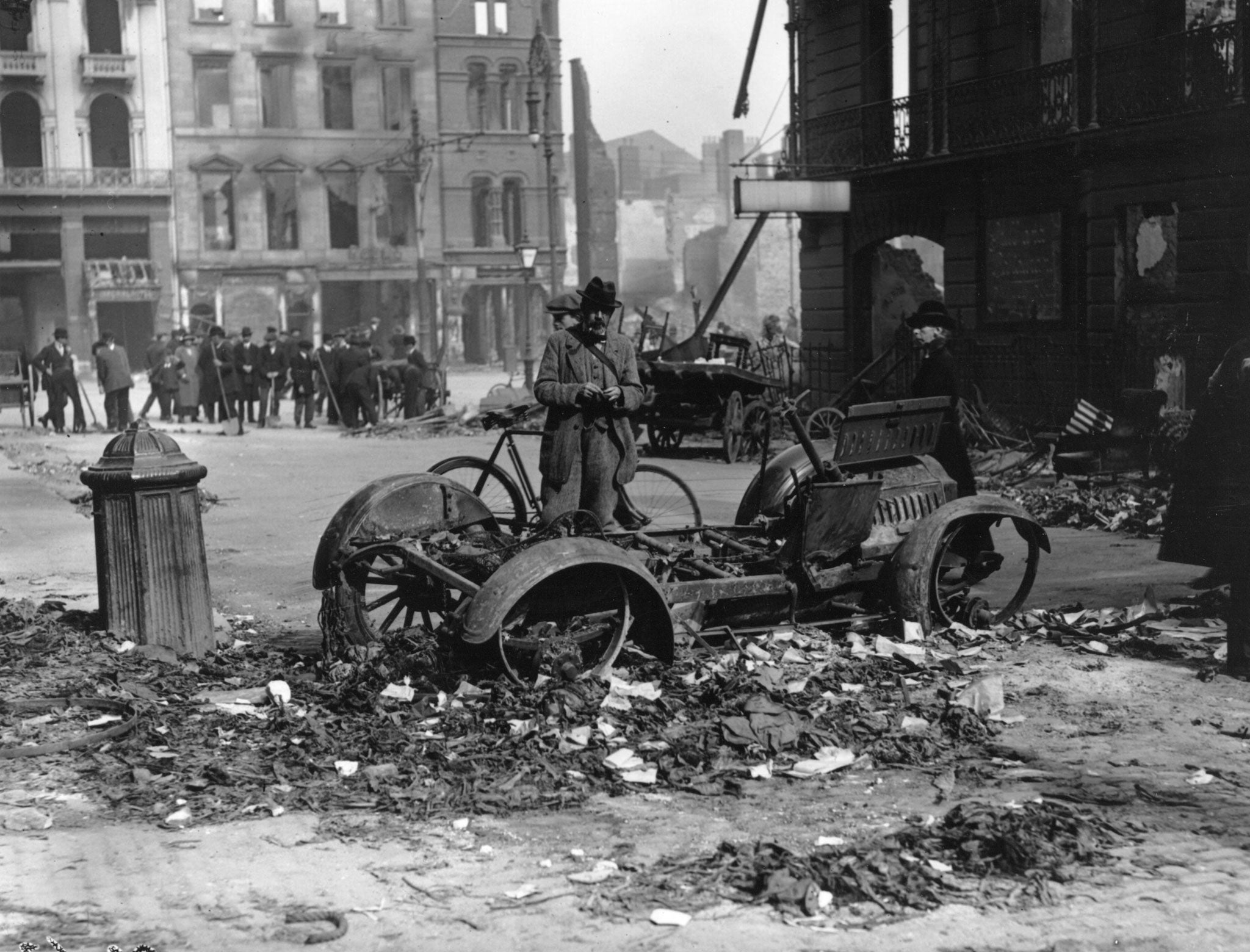A tale from Ireland that will stir the blood – even make it boil
The story of a primary-school teacher, Margaret Skinnider, who was shot and wounded during the Easter 1916 uprising, has rightly caught the eye of Dublin journalists


Your support helps us to tell the story
From reproductive rights to climate change to Big Tech, The Independent is on the ground when the story is developing. Whether it's investigating the financials of Elon Musk's pro-Trump PAC or producing our latest documentary, 'The A Word', which shines a light on the American women fighting for reproductive rights, we know how important it is to parse out the facts from the messaging.
At such a critical moment in US history, we need reporters on the ground. Your donation allows us to keep sending journalists to speak to both sides of the story.
The Independent is trusted by Americans across the entire political spectrum. And unlike many other quality news outlets, we choose not to lock Americans out of our reporting and analysis with paywalls. We believe quality journalism should be available to everyone, paid for by those who can afford it.
Your support makes all the difference.Now here’s a tale for every feminist. As the Irish government releases 300,000 applications from its military pensions archives in Dublin, the most profound personal details of those who fought for Irish freedom – in the 1916 Rising, in the subsequent war of independence against the British and in the civil war between the Irish victors – are at last revealed.
We are finding that men who executed “spies” (some of them Protestants, no doubt) appealed for pensions. We are discovering the immense courage of those who fought alone and were wounded by British bullets in Easter Week, women as well as men.
But what has caught the eye of Dublin journalists is the extraordinary story of a primary-school teacher, Margaret Skinnider, who was shot and wounded on 26 April 1916 while commanding five men on a mission to destroy houses in Harcourt Street “to cut off enemy approaches”. This woman in her mid-20s was wounded three times.
And yet, when she applied for a military pension from the government of her newly independent state in 1925, she was turned down. Not because she was unable to prove her record of bravery, but because the pension law was “applicable to soldiers as generally understood in the masculine sense”.
A feeble note in the records, from a legal adviser to the pensions office, stated that he had “no doubt” that her application could not be considered, even though the words referring to masculine could be interpreted as feminine. Skinnider was hit twice in the shoulder and once near her spine. The definition of a wound, another adviser stated, “only contemplates the masculine gender”.
Relax, folks. Margaret Skinnider got her pension – in 1938! She lived for another 33 years. Éirinn go brách.
More from Robert Fisk: How different is justice in today’s Iraq from the era of Saddam?